Expansion of 5G Technology
The rollout of 5G technology in the US is poised to significantly impact the mobile application market. With 5G networks offering data speeds up to 100 times faster than 4G, applications can deliver richer and more immersive experiences. This technological advancement enables developers to create applications that leverage high-speed connectivity, such as augmented reality (AR) and virtual reality (VR) applications. As of November 2025, it is estimated that 50% of mobile users in the US have access to 5G networks, which is likely to increase engagement and usage of data-intensive applications. The mobile application market stands to benefit from this shift, as users demand more sophisticated applications that can utilize the capabilities of 5G technology. This trend may lead to a surge in innovative app development, further propelling market growth.
Growing Focus on User Experience
User experience (UX) has become a critical factor in the success of applications within the mobile application market. As competition intensifies, developers are increasingly prioritizing UX design to attract and retain users. In 2025, it is estimated that applications with superior UX will see a 30% higher retention rate compared to those with subpar design. This emphasis on user-centric design encourages developers to conduct thorough research and testing to understand user preferences and behaviors. The mobile application market is likely to benefit from this trend, as applications that provide intuitive navigation, fast loading times, and engaging interfaces are more likely to succeed. Consequently, the focus on UX may lead to a more diverse range of applications that cater to varying user needs and preferences.
Increased Smartphone Penetration
The mobile application market experiences a notable boost due to the rising penetration of smartphones in the US. As of 2025, approximately 85% of the US population owns a smartphone, which facilitates access to a plethora of applications. This widespread adoption encourages developers to create diverse applications tailored to various user needs, thereby expanding the market. The mobile application market benefits from this trend as more users engage with apps for communication, entertainment, and productivity. Furthermore, the increasing capabilities of smartphones, such as enhanced processing power and improved camera technology, further drive the demand for innovative applications. Consequently, the mobile application market is likely to see sustained growth as smartphone ownership continues to rise, leading to a more engaged user base.
Rising Demand for Mobile Commerce
The mobile application market is significantly influenced by the increasing demand for mobile commerce in the US. As consumers increasingly prefer shopping via mobile devices, businesses are investing in mobile applications to enhance customer experience and streamline transactions. In 2025, mobile commerce is projected to account for over 40% of total e-commerce sales in the US, indicating a substantial shift in consumer behavior. This trend compels retailers to develop user-friendly applications that facilitate seamless shopping experiences, including features like one-click purchasing and personalized recommendations. The mobile application market is likely to thrive as more businesses recognize the importance of mobile commerce and allocate resources to develop and optimize their applications for mobile users.
Integration of Health and Wellness Features
The mobile application market is increasingly incorporating health and wellness features, reflecting a growing consumer interest in personal well-being. As of November 2025, nearly 60% of mobile users in the US utilize health-related applications, ranging from fitness tracking to mental health support. This trend is driven by a heightened awareness of health issues and the desire for convenient solutions. Developers are responding by creating applications that offer personalized health insights, workout plans, and mindfulness exercises. The mobile application market is likely to see continued growth as more users seek applications that promote healthier lifestyles. This integration of health and wellness features not only enhances user engagement but also positions applications as essential tools for managing personal health.


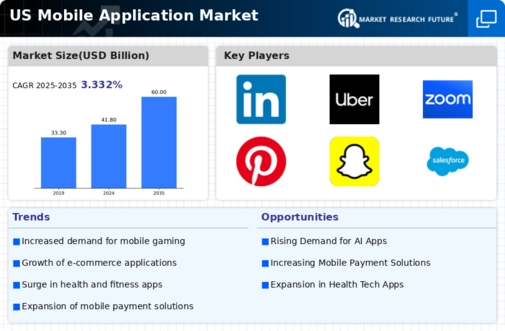
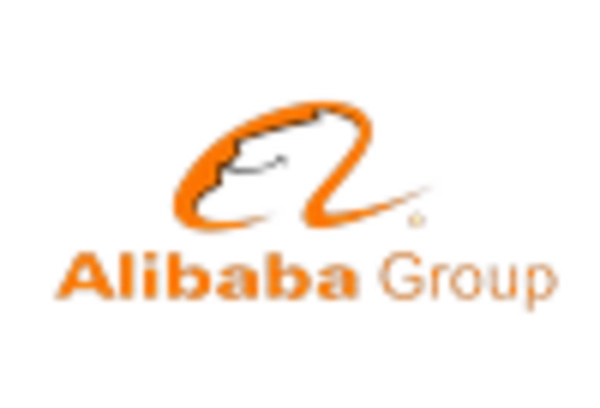
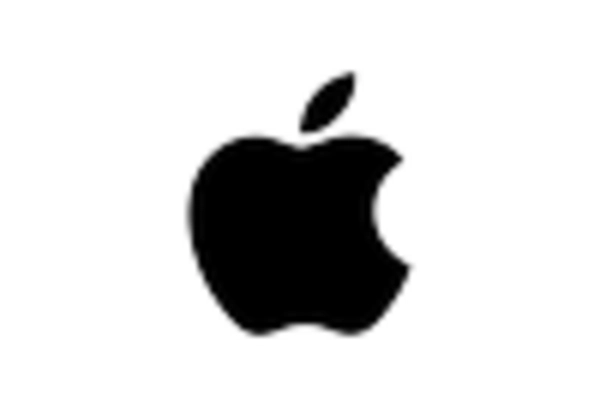
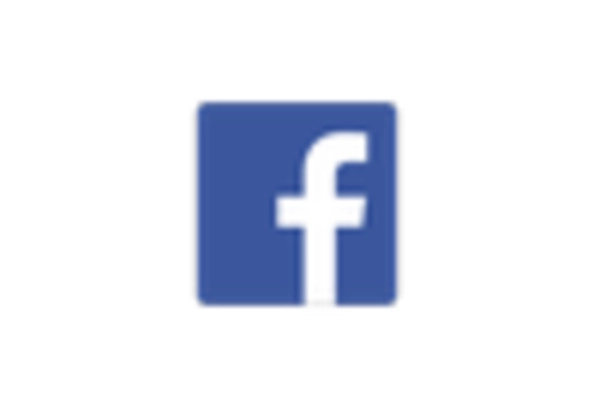
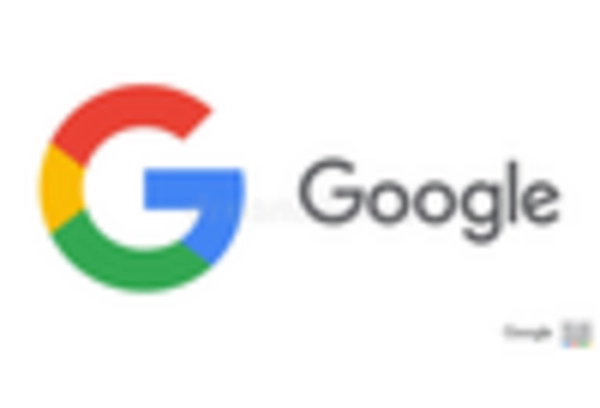
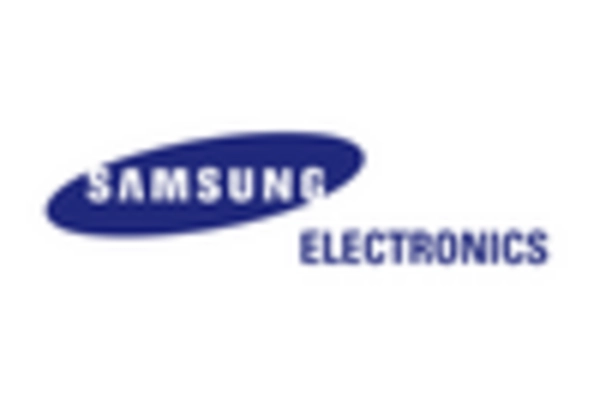
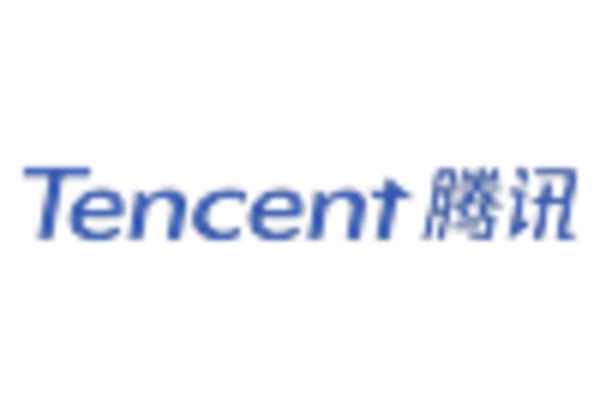








Leave a Comment